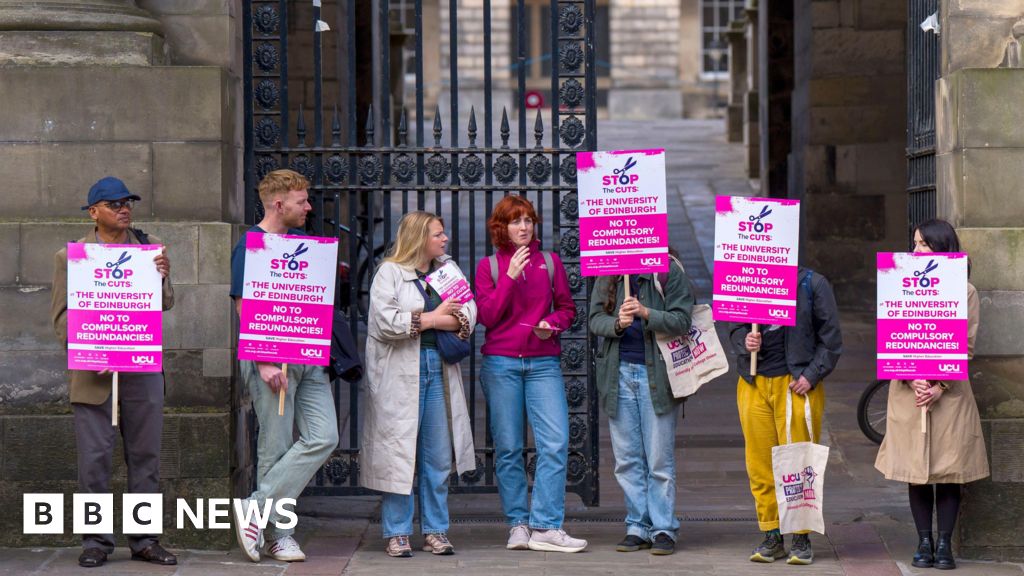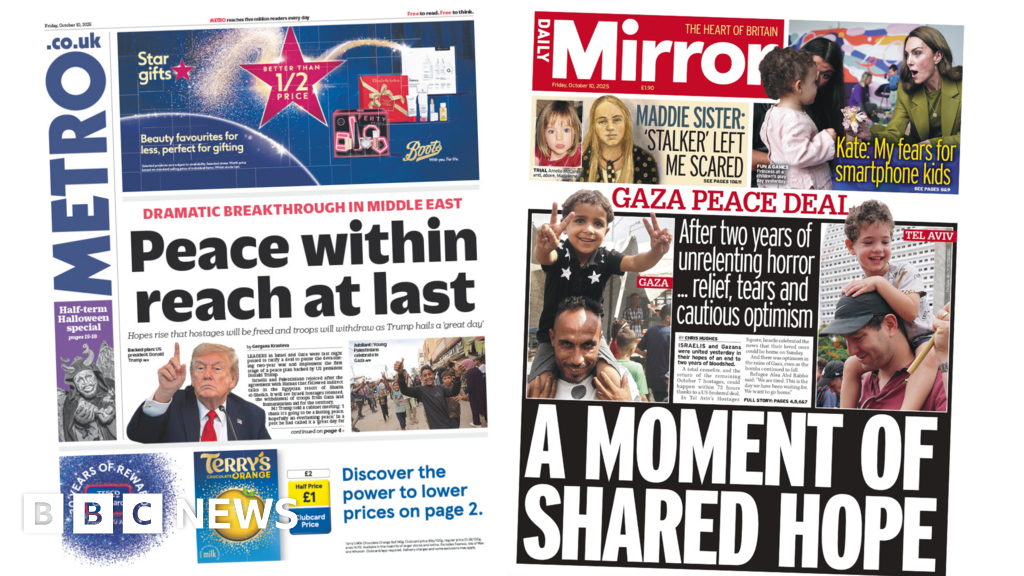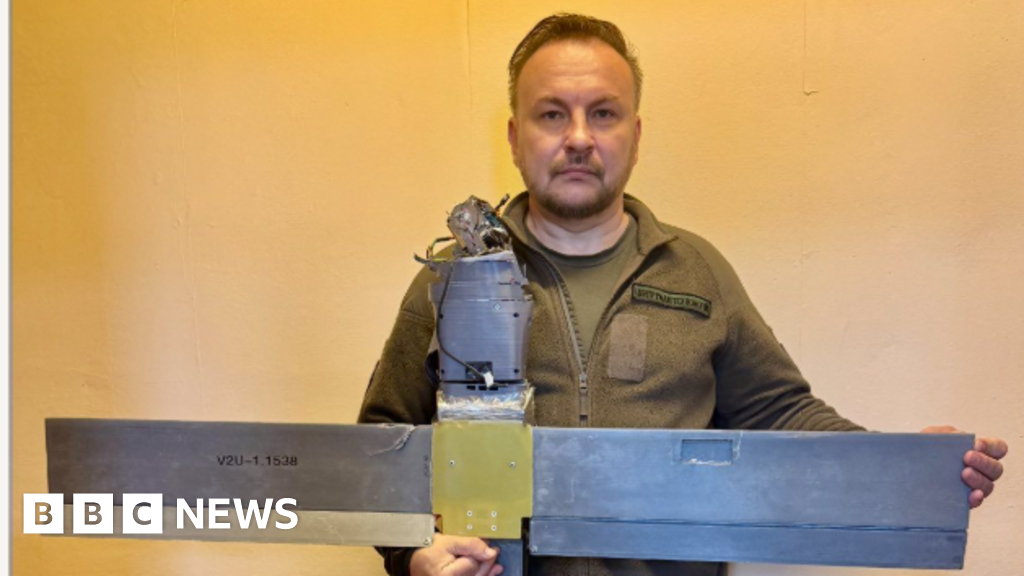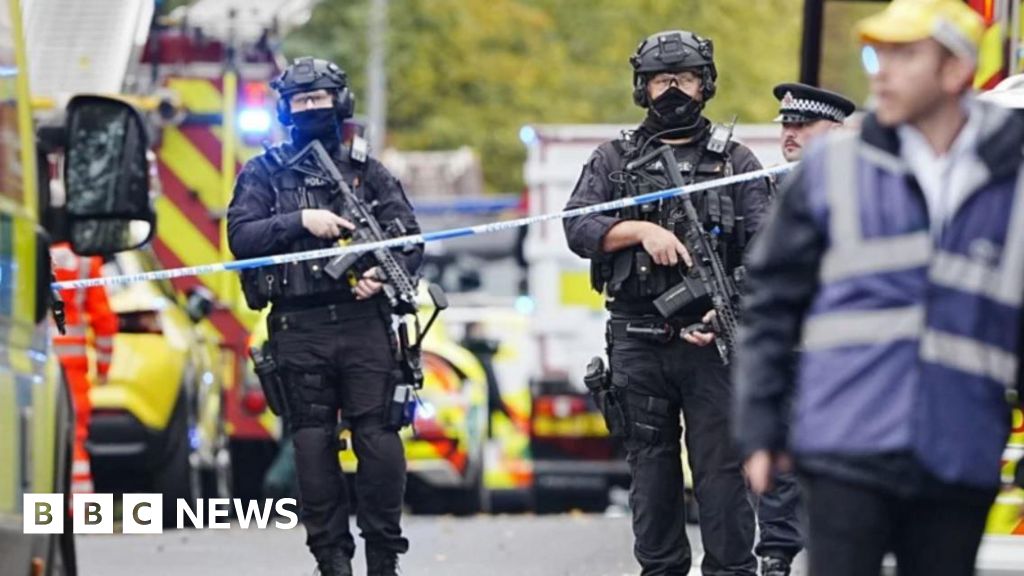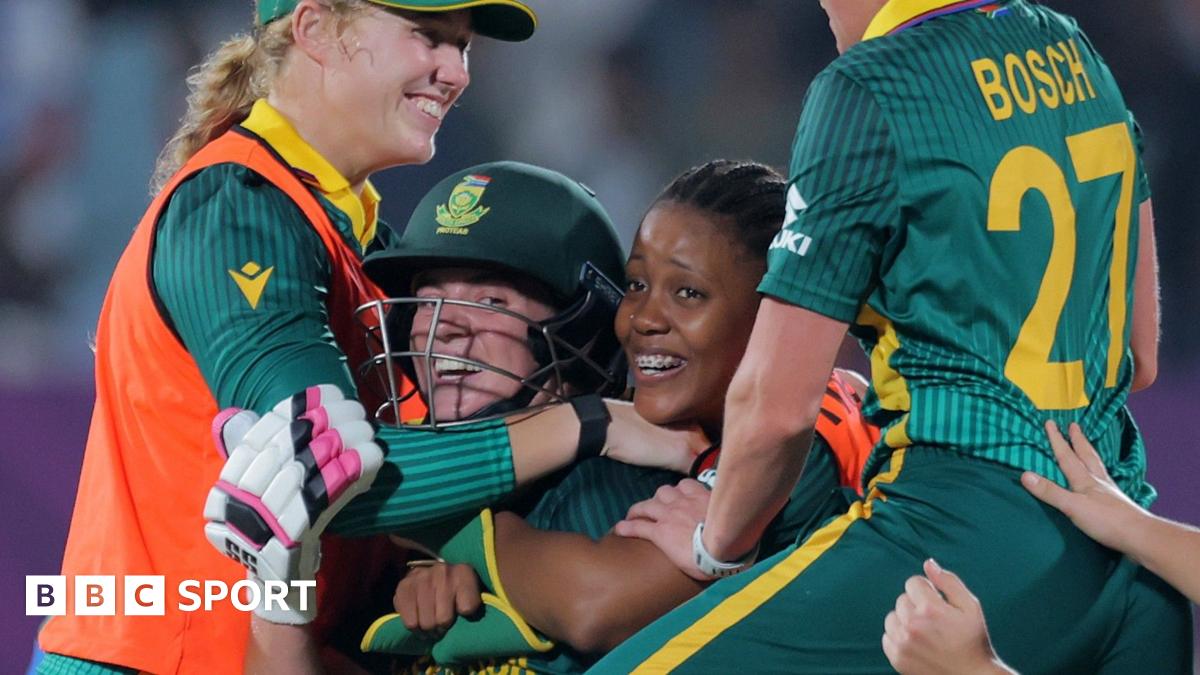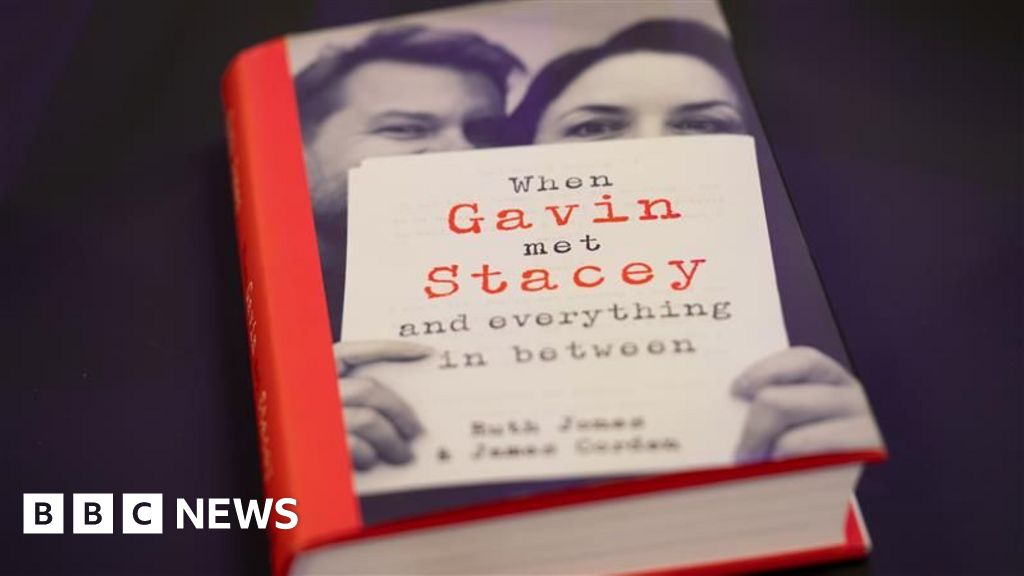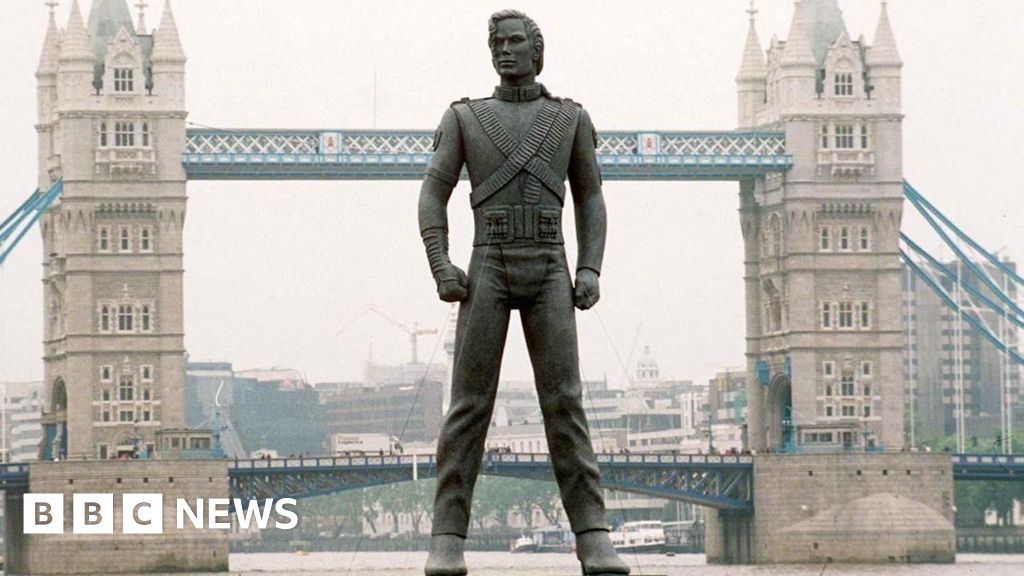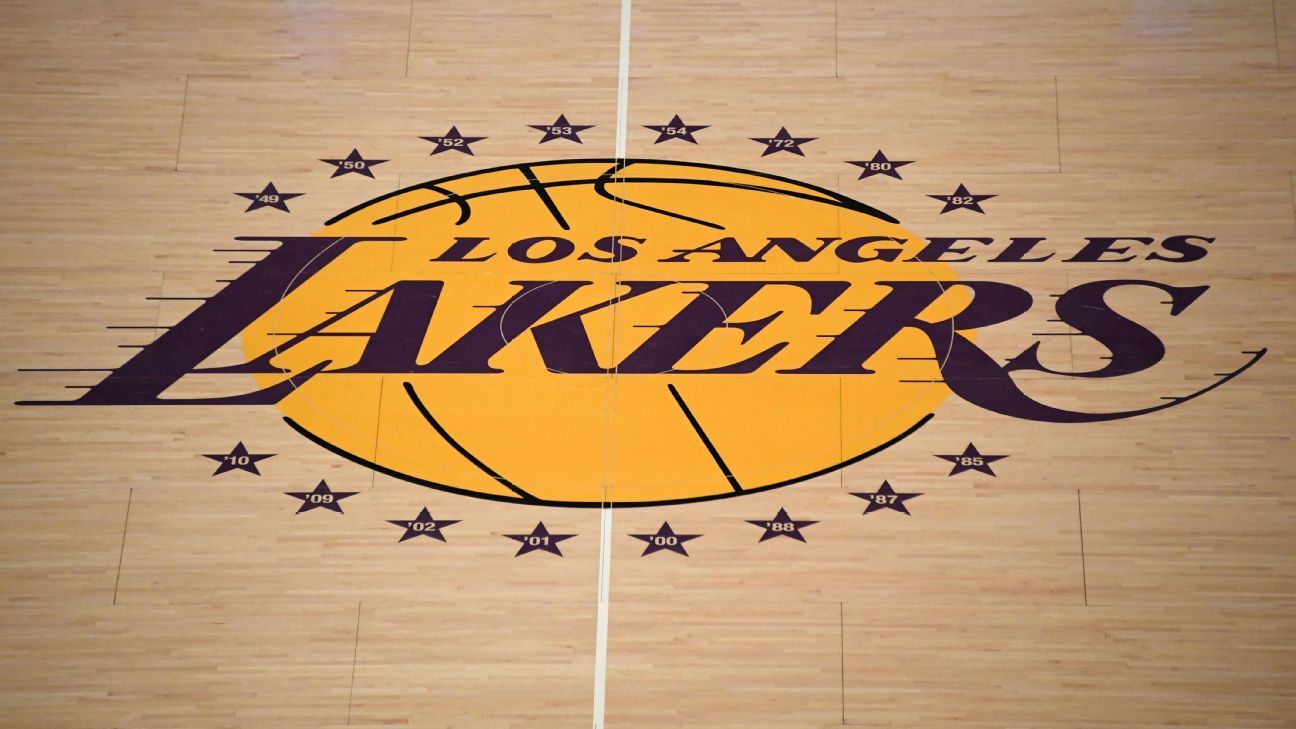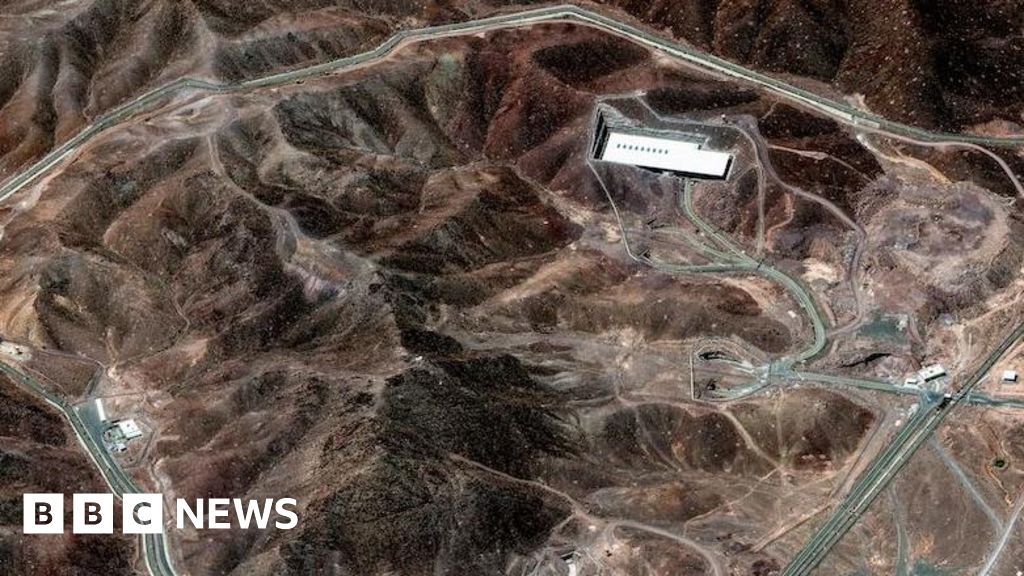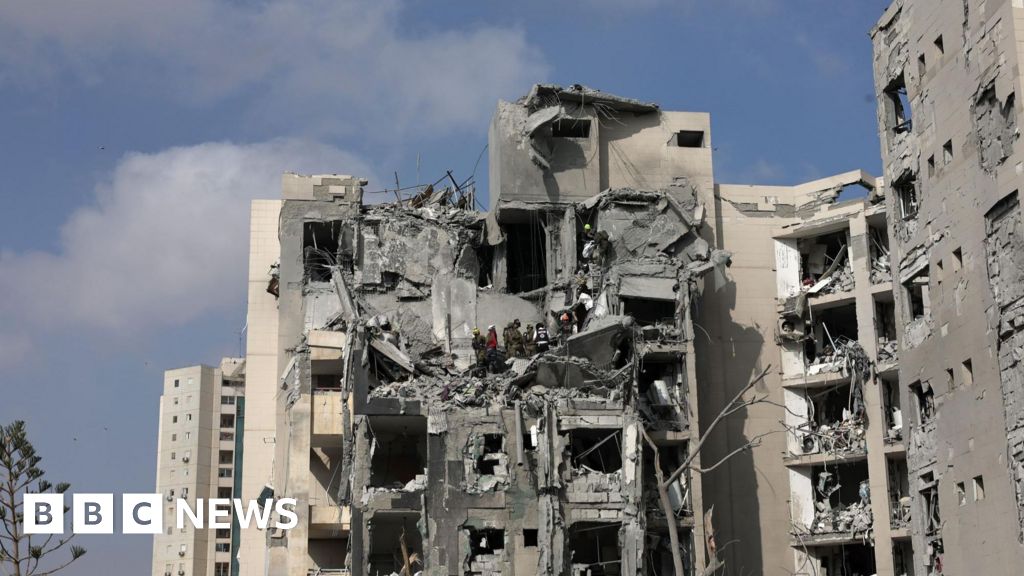Sebastian Usher
Middle East regional editor
Reporting fromJerusalem
Rushdi Abualouf
Gaza correspondent
Israeli forces have killed more than 51 Palestinians and wounded many more after opening fire near an aid distribution site in southern Gaza, witnesses and rescuers say.
The Hamas-run civil defence agency said Israeli troops fired on crowds near the aid site in Khan Younis. More than 200 people were reportedly injured.
The Israeli military has told the BBC it is looking into the reports.
It is the latest, and potentially the deadliest, of the almost daily shootings that have been taking place recently near aid distribution sites in Gaza.
Almost all the casualties in Gaza in recent days have been linked to the delivery of aid rather than Israeli strikes on Hamas targets.
Witnesses say that Israeli forces opened fire and shelled an area near a junction to the east of Khan Younis, where thousands of Palestinians had been gathering in the hope of getting flour from a World Food Programme (WFP) site, which also includes a community kitchen nearby.
A local journalist and eyewitnesses said Israeli drones fired two missiles, followed shortly after by a shell from an Israeli tank positioned between 400 and 500m away from the crowd. The explosions caused many casualties.
The crowd had assembled near a key road leading to the town of Bani Suheila, an area that has seen weeks of ongoing Israeli military operations.
Nasser Hospital, the main functioning medical facility in the area, has been overwhelmed by the number of casualties. It is so overcrowded that the many wounded are lying on the floor as medical staff treat their injuries.
Video showing the immediate aftermath of the incident and shared on social media has been located by BBC Verify to a location in Khan Younis. Gaza's civil defence agency spokesman Mahmud Bassal told AFP that at least 50 people were killed. "Israeli drones fired at the citizens. Some minutes later, Israeli tanks fired several shells at the citizens, which led to a large number of martyrs and wounded," he said.
In a statement the IDF said "a gathering was identified adjacent to an aid distribution truck that got stuck in the area of Khan Younis, and in proximity to IDF troops operating in the area."
It said it was "aware of reports regarding a number of injured individuals from IDF fire following the crowd's approach" and the incident was under review.
The World Health Organization (WHO) said it had received reports of a mass casualty incident.
"This is again the result of another food distribution initiative," said Thanos Gargavanis, WHO trauma surgeon and emergency officer.
"There's a constant correlation with the positions of the four announced food distribution sites and the mass casualty incidents," he added, saying the trauma injuries in recent days were mostly from gunshot wounds.
For weeks, medical staff have warned that Nasser Hospital could be overwhelmed and unable to continue to operate under the pressure of multiple casualties, lack of medical supplies and Israeli evacuation orders in the surrounding area.
In recent days, the hospital has been dealing with an almost daily influx of casualties from shooting incidents near the aid distribution sites run by the Gaza Humanitarian Foundation (GHF) - backed by Israel and the US - in southern and central Gaza.
In almost all those incidents, witnesses have said that Israeli troops opened fire, although there have also been reports of local armed gunmen shooting at people.
The response from the IDF has usually been to say that its troops warned people not to approach them - and then fired warning shots when what the IDF calls "suspects" acted in a manner deemed to pose a threat. The Israeli army has provided little or no detail beyond this.
Israel does not allow international news organisations including the BBC into Gaza, making verifying what is happening there difficult.
The GHF has also responded to the shootings by saying that they should not be mentioned in connection to their operations, as the incidents are happening away from their sites.
But there is no doubt that thousands of Palestinians would not be gathered in desperate search for limited supplies of food in those areas if it were not for the way that the new distribution system has been set up.
The IDF has also told Palestinians not to head to aid distribution sites between 18:00 and 06:00 local time. But in order to reach the sites and have a chance of getting food, people have little option.
Verified video from GHF sites show huge crowds of Palestinians rushing to try to get food parcels with no apparent control from the organisation. It has already closed its sites briefly on at least two occasions to try to improve security.
The other way of getting aid into Gaza - with around 100 trucks a day allowed in by Israel - has also also increasingly seen people being shot as they try to get to the supplies, whether from distribution points or from the aid convoy itself as it travels towards them.
It's a sign of a breakdown both in security in Gaza and in the aid distribution system itself.
Hamas has responded to the latest incident by again describing the aid centres as death traps.
Looting among a population desperate for scarce supplies of food - with criminal gangs, militias and Hamas also operating for their own ends - has rendered the situation even more perilous.
Critics see the GHF as enabling a plan by the Israeli government to displace Palestinians south into smaller areas of Gaza. But Israel - which has long sought to remove the UN as the major humanitarian provider to Palestinians - argues the alternative system was needed to stop Hamas stealing aid.
On Monday, the UN human rights chief Volker Turk said that Israel was weaponising food and called for a full investigation into the shootings.
The head of Unrwa - the UN agency for Palestinian refugees - Philippe Lazzarini has said that in Gaza 'tragedies go on unabated while attention shifts elsewhere'.
Yet there seems to be no plan from Israel, the Gaza Humanitarian Foundation or the international community to find a way to prevent the near daily killing of Palestinians, as they take their lives in their hands to seek a meagre supply of food.
It has been 20 months since Israel launched a military campaign in Gaza in response to the Hamas-led cross-border attack on Israel on 7 October 2023, in which about 1,200 people were killed and 251 others were taken hostage.
More than 55,297 people have been killed in Gaza since then, according to the territory's health ministry.

 3 months ago
68
3 months ago
68



